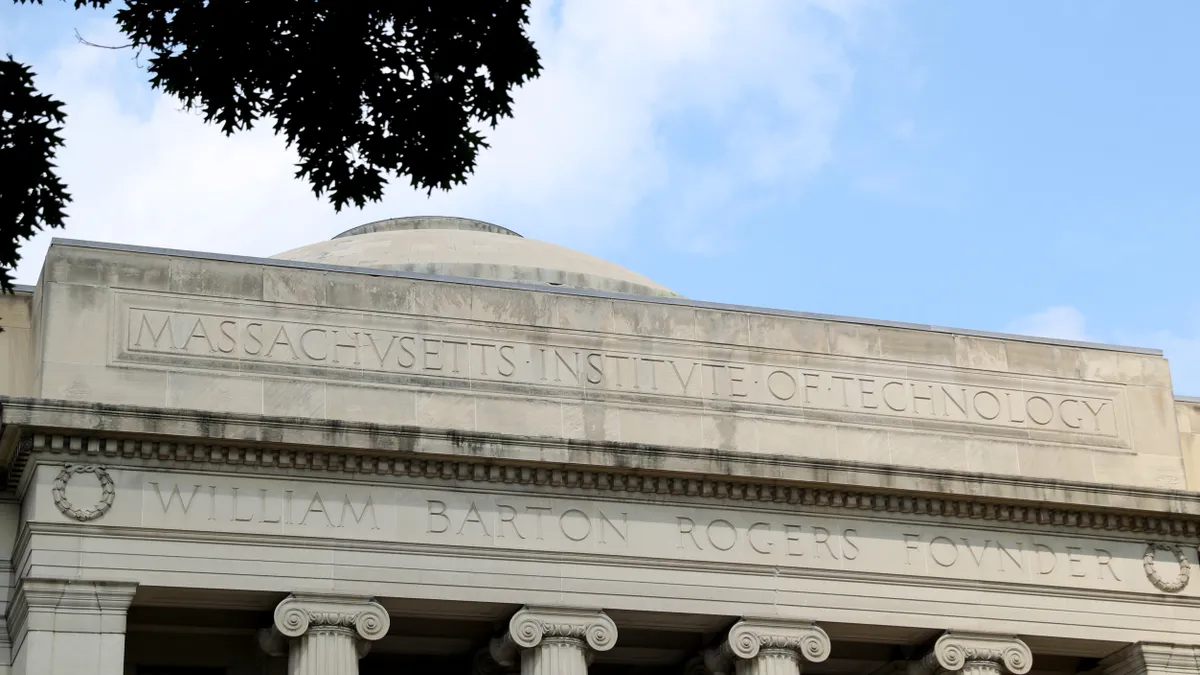Dive Brief:
- College foodservice provider Sodexo announced Tuesday that it is partnering with the nonprofit Swipe Out Hunger and 13 universities to pilot a program through which the company will provide two free meals at campus dining halls for every full-time meal plan sold.
- Sodexo estimates that the pilot group's "Meal Swipe Banks" will yield 25,000 free meals each year for students with demonstrated need.
- While some colleges work with Swipe Out Hunger on similar initiatives, Sodexo expects to offer the meal swipe banks nationwide next fall after running the pilot during the current academic year.
Dive Insight:
Food insecurity on campus is attracting a lot of attention. While colleges have long offered food pantries, the focus on insecurity has shifted to become more preventative, Sara Goldrick-Rab, a Temple University professor and founder of The Hope Center, told The New York Times earlier this year.
That can include making sure students are accessing the public benefits they're eligible for. A report earlier this year found that slightly more than half of students who would likely qualify for the federal Supplemental Nutrition Assistance Program (SNAP) don't participate in it.
That report, from the Government Accountability Office, calls on federal and state agencies to clarify eligibility requirements. The National Conference of State Legislatures made similar recommendations in a 2018 report and suggested college enrollment count toward the program's employment requirement.
Four in 10 (45%) college students said they haven't had reliable access to "nutritionally adequate and safe food" in the previous 30 days, according to the latest annual survey by The Hope Center, a nonprofit that studies the challenges college students face, that received responses from nearly 86,000 two- and four-year college students.
The GAO report notes the top risk factors for food insecurity include:
- Receiving SNAP.
- Having a disability.
- Being a parent.
- Being a low-income or first-generation student.
African American, LGBTQ, veteran and financially independent students are also at a greater risk of not having their basic needs met on campus, according to The Hope Center.
Faculty can help students by letting them know they can help connect them with resources, such as by putting a note saying so in their syllabus. Educating administrators about the effect of hunger on classroom performance is another way to draw attention to the issue, advocates say.
Jefferson Community College, in New York, centralized its health and wellness services in a single building in hopes of encouraging students to use them and become aware of what's available.
The push to make more nontuition aid available — including recently in California for emergency grants — could also help address food insecurity, particularly for students who must stretch their awards to support family members.
Participants in Sodexo's pilot include California State University San Bernardino, San Francisco State University and Nebraska's Creighton University. The institutions chosen represent a diverse set of colleges working to improve food security on campus, a spokesperson for the partnership told Education Dive in an email Tuesday.
Swipe Out Hunger will work with campuses to determine how students can qualify to receive the free meals and how many meals each person will get, the spokesperson said. That could include students applying for a spot.










